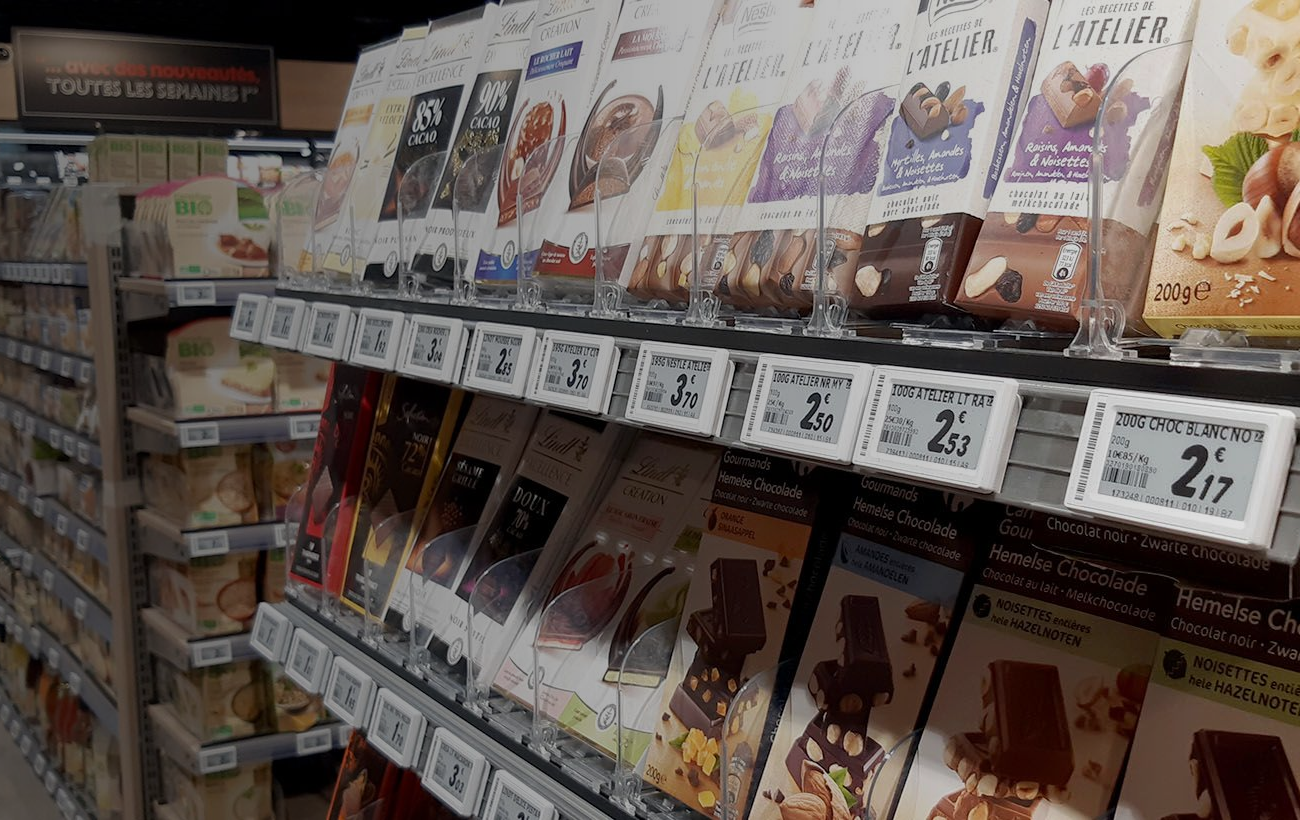The Retail Revolution: How Social Media is Reshaping Inventory, Merchandising, and the Supply Chain

Who doesn’t have some type of social media account – Facebook, LinkedIn, Twitter, TikTok, or Instagram? The reality is that the majority of consumers, particularly Millennials and Gen Z, actively engage with these platforms. For retailers, being present on social media isn't just a marketing tactic; it’s a critical component of a successful buying journey and a powerful tool for optimizing their entire operation, from inventory management to supply chain efficiency.
Beyond Marketing: Social Media as a Strategic Asset
Traditionally, retailers viewed social media primarily as a channel for advertising. However, today’s landscape demands a more integrated approach. When utilized strategically, social media platforms provide invaluable data, enable direct customer engagement, and ultimately drive sales. This shift impacts critical areas like:
- Inventory Optimization: Real-time social listening allows retailers to gauge demand trends, identify popular products, and make data-driven decisions about ordering quantities. Social media buzz can signal rapid shifts in product preferences, informing crucial inventory adjustments.
- Dynamic Merchandising: Social media trends directly influence merchandising strategies. Retailers can showcase trending products, run targeted promotions based on user interests, and even test new product placements through social campaigns. This also extends to visual merchandising – aspirational content on platforms like Instagram drives desire and influences purchasing decisions.
- Streamlined Supply Chain: Social media’s role in tracking product demand feeds directly into supply chain management, allowing retailers to proactively manage their logistics and distribution networks.
The Data-Driven Consumer: Insights from Retail Research
The impact of social media on consumer behavior is undeniable. Recent research highlights its significant influence on purchasing decisions. According to the PWC Total Retail Survey 2016 (and subsequent research), key findings include:
- 67% of shoppers indicated that reading or writing social media reviews and comments influenced their online shopping behavior. This highlights the power of user-generated content and brand reputation management.
- 44% cited receiving promotional offers on social media as a key factor in their shopping decisions, emphasizing the effectiveness of targeted advertising and social commerce.
- 16% were willing to purchase directly from a social media channel – a trend fueling the rise of social commerce.
Enhancing the Customer Journey Through Social Media
For the consumer, social media offers a vastly improved and more interactive buying experience. The benefits include:
- Real-Time Promotions & Discounts: Immediate access to exclusive deals and discounts.
- Up-to-Date Product Information: Direct access to product details, specifications, and customer reviews.
- Responsive Customer Service: Quick access to customer support channels for rapid issue resolution.
- Voice and Feedback: Opportunities to provide product feedback and influence brand development.
Staying Ahead of the Curve: The Future of Retail
In today’s dynamic retail environment, a successful business must embrace social media. Failure to adapt risks obsolescence. Retailers who prioritize a strategic approach to social media – encompassing inventory analysis, targeted merchandising, and optimized supply chain integration – will be best positioned to thrive.